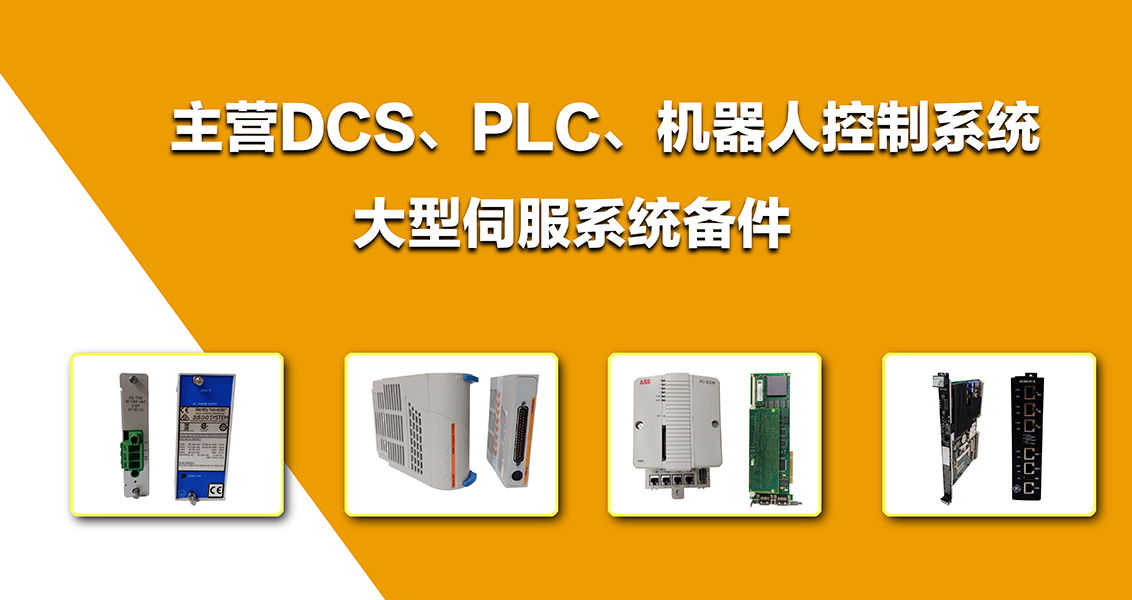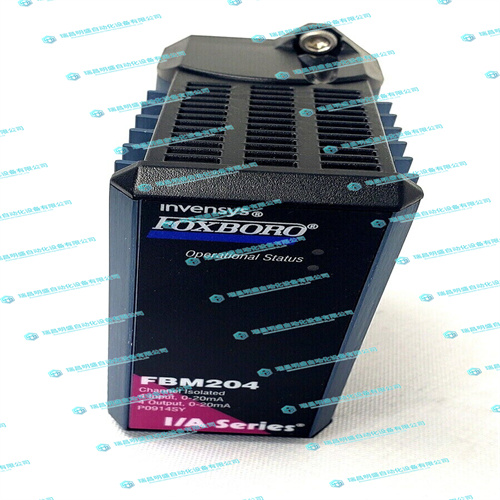FOXBORO FBM204 P0914SY變送器
映射了一個(gè)典型系統(tǒng)的配置可能性,該系統(tǒng)包括VMIVME-7750,帶有一個(gè)駐留的閃存磁盤、一個(gè)連接到主IDE接口的硬盤驅(qū)動(dòng)器和一個(gè)連接至軟盤接口的軟盤驅(qū)動(dòng)器。主PCI IDE接口和輔助PCI IDE接口在Phoenix BIOS的集成外設(shè)設(shè)置屏幕中進(jìn)行控制(啟用或禁用)。在BIOS功能設(shè)置屏幕中選擇第一引導(dǎo)設(shè)備。圖3-1標(biāo)識(shí)了分配給每個(gè)物理設(shè)備的驅(qū)動(dòng)器號(hào),并使用可引導(dǎo)設(shè)備在每個(gè)配置中以粗體字母表示設(shè)備引導(dǎo)。可引導(dǎo)設(shè)備是安裝了操作系統(tǒng)的設(shè)備,或使用MS-DOS將其格式化為系統(tǒng)磁盤。功能性閃存磁盤的性能與標(biāo)準(zhǔn)IDE硬盤相同。對(duì)設(shè)備的讀取和寫入使用相同的方法,利用DOS命令行條目或駐留在所選操作系統(tǒng)中的文件管理器。
maps the configuration possibilities for a typical system consisting of the
VMIVME-7750 with a resident Flash Disk, a hard drive attached to the Primary IDE
interface, and a floppy drive attached to the floppy interface.The Primary and Secondary PCI IDE Interfaces are controlled (enabled or disabled) in
the Integrated Peripheral Setup screen of the Phoenix BIOS. The First Boot Device is
selected in the BIOS Features Setup screen.
Figure 3-1 identifies the drive letter assigned to each physical device, and indicates in
bold lettering the device booted from in each configuration, using devices that are
bootable. A bootable device is one on which an operating system has been installed,
or formatted as a system disk using MS-DOS.Functionality
The Flash Disk performs identically to a standard IDE hard drive. Reads and writes to
the device are performed using the same methods, utilizing DOS command line
entries or the file managers resident in the chosen operating system.













